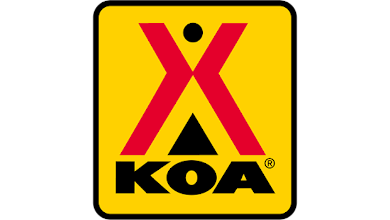Blog: How to Improve Your Website with Optimized Photos
 Carson
CarsonEveryone knows by adding images and videos to websites and blogs it can help visitors stay longer. That’s partly true. More importantly, do you just insert them or did you optimize them? Making an image “smaller” in size to load faster isn’t optimizing them. Why? Because search engines are much smarter how they view sites with images, and it can affect your rankings. You might be thinking, “Hey, I optimize my images by naming them.” You need to do more than naming images.
Over the years I have named my images because search engines need content to identify and rank a site. Therefore, images need to be identified. If you ignore doing this, then search engines like Google will rush through your pages and move on to sites that are more optimized. But wait, things are changing. Yes, it’s still important to name all your images. Now I’ll explain how to correctly optimize your images according to the new methods search engines are using.
The following information is what I found in the Yoast Report: https://yoast.com/image-seo/#caption by Michiel Heijmans. He is a partner and COO at Yoast.
After reading my post, check out his full report for a deeper explanation of how he explains the best ways to optimize your images.
Using images
Michiel says, using the right image is as important as naming them. Try to avoid using stock photos. If you need to, then make sure it relates to your content. And naming an image correctly is also critical. He continues by saying, “an image with related text ranks better for the keyword it is optimized for.” That means you should position your image close to the text that is relevant.
Identifying images
The report breaks down very clearly the various steps you need to take to optimize images, charts, illustrations, etc. For example, choose the right file name. Don’t use a file name from a camera photo (such as DSC4536); rather, name it using the main subject of the article/blog. An example would be if your article or blog were about a specific event (like a golf tournament, or a sports event, or a person) put the subject of the photo at the beginning of the file name.
Format
Using JPEG, PNG or WebP is important. JPEGs will give you a smaller file size when inserting photos or illustrations, while WebP can produce high-quality smaller file sizes. Using a reduced file size alone without optimizing it can reduce SEO’s reviewing your page(s). If you are real savvy and have specific audiences, such as RVers, then know what types of browsers they use to know the preferred format. Check out this resource to find out what format is supported by browsers: CanIuse.com
Captions
Why should you use captions? Because according to Michiel, people use them when scanning an article. Have you noticed yourself scanning headings, images and captions when you view a web page? This adds a positive experience for visitors.
FACT: according to KissMetrics, “Captions under images are read on average 300% more than the body copy itself, so not using them, or not using them correctly, means missing out on an opportunity to engage a huge number of potential readers.”
Another significant point to know: Mobile devices now represent over 52 percent how people are viewing websites, doing searches, purchasing products, etc. So make sure your images are responsive as well as your website.
OpenGraph and Twitter Cards
This may not be a big deal, but since you are optimizing images, consider doing this. When you add the following HTML image tag to the <head> section, it will make sure your images are included in your share on Facebook as well as Pinterest.
The code is:
<meta property=”og:image” content=”http://example.com/link-to-image.jpg” />
I hope these tips about optimizing images will help you maintain good, high rankings to stay ahead of the competition. If you need more help with your website or social media, reach out to a professional.
George Carson and his publicity/advertising agency (CARSON MARKETING) has been a dynamic force since 1980. He has created successful ad campaigns and publicity programs for a variety of clients in the RV, automotive, sports, food, and entertainment industries. His exclusive core branding approach identifies the best solutions and strategies to help companies become successful.


